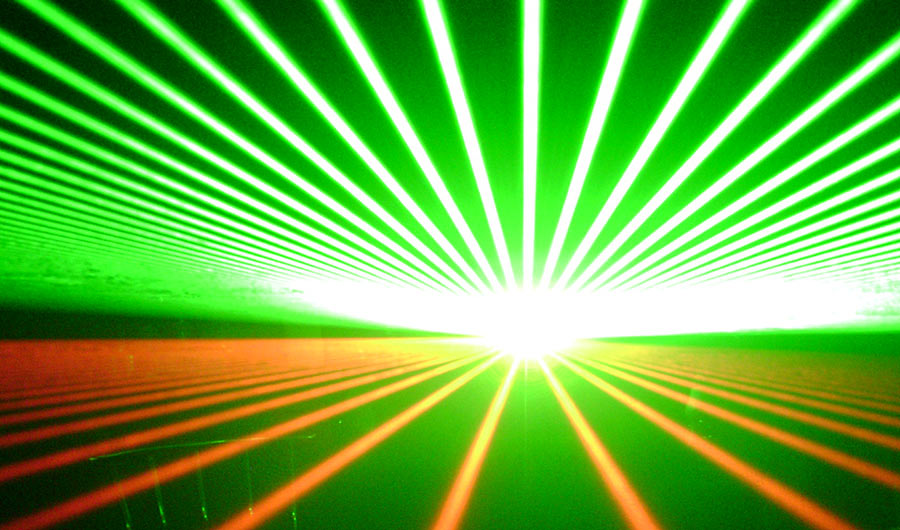Scientists Increase Data Speed With Tiny 3D-Printed Lens
(Inside Science) -- Eyeglasses harness a concept called refraction to focus light into a clearer image that your eyes and brain receive. The amount that the lens bends the light is known as the refractive index, and standard lenses have only one such designation. But now engineers have created a first-of-its-kind, 3D-printed lens with a varying refractive index.
“If you can control this property, you can make lenses that do very special things,” said Paul Braun, an engineer at the University of Illinois at Urbana-Champaign.
Braun and his colleagues used a process similar to 3D printing to fabricate the new lens. The researchers point a hyper-focused laser at a liquid polymer that is suspended within a porous, transparent silicon structure. The lens scaffolding, Braun said, "is a material that, if you zoomed in a million times, looks like a sponge."
As the laser sweeps over the polymer-filled scaffolding, it makes the liquid increasingly solid. The researchers can manipulate how much of the polymer becomes solid by changing the intensity of the laser, Braun said.
After the engineers drain off excess liquid, they are left with a lens comprised of some areas that contain more polymer than others, suspended within the transparent "sponge." Because the individual polymer-filled holes and the superthin scaffolding are so much smaller than the wavelength of light, Braun said, that light interacts with them as an average. It bends more strongly in regions containing more polymer, he explained.
The finished lens is just a bit smaller than the width of a human hair and could improve how computers transfer data. Instead of using metal wires to connect components of a computer chip, signals could be transmitted using light reflected by these lenses. According to Braun, the new lenses could transmit light signals in 3D when paired with tiny structures that guide light waves between them. Since the speed of light is faster than the speed of electrons, a computer using the lenses may be able to move data at much quicker rates.
This research was published in December in the journal Light: Science and Applications.


